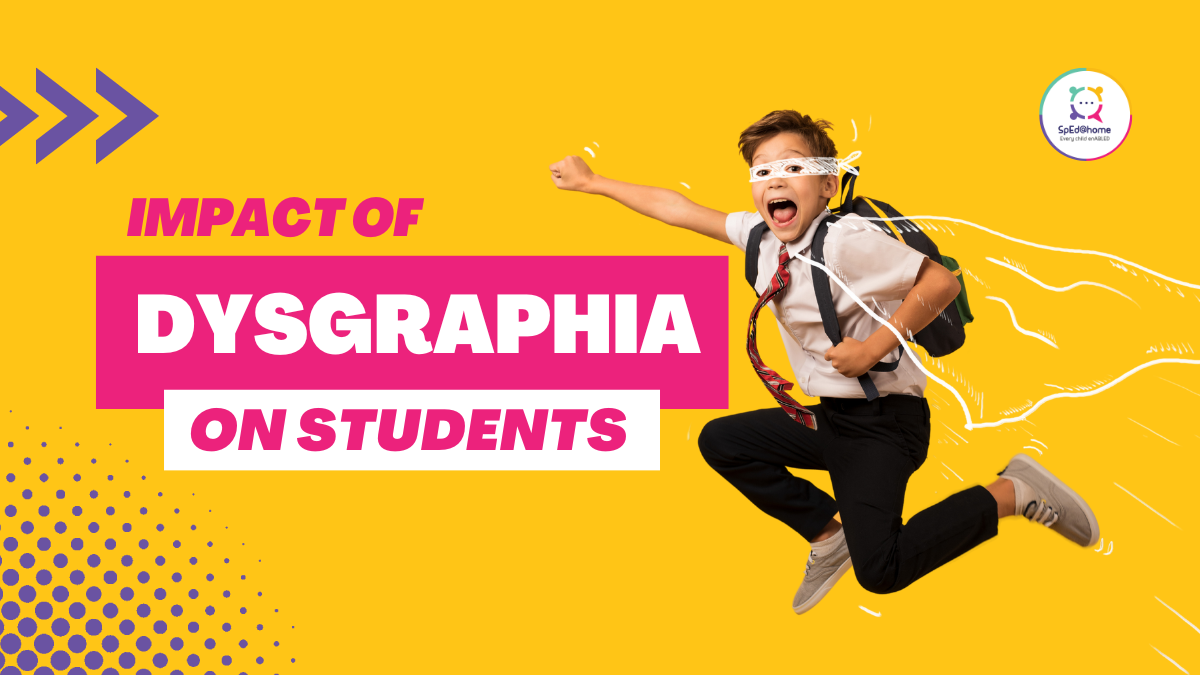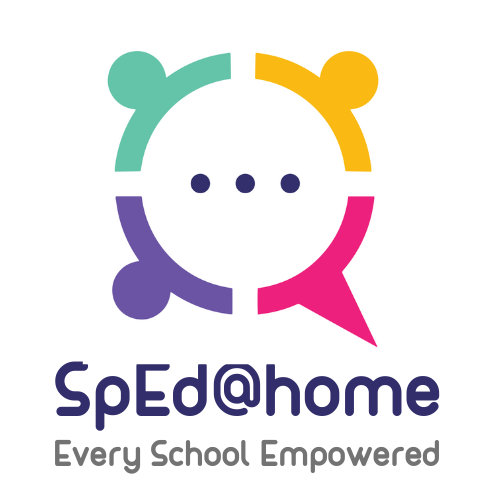Dysgraphia is characterized as a neurological disorder that compromises an individual’s ability to write. This is quite challenging for students as a large part of school and college work depends on being able to write assignments and exams. Children with Dysgraphia show signs of illegible handwriting and have prose often filled with spelling errors.
So, back to the question- What is the impact of Dysgraphia on children in a classroom?
Poor academic performance: Students with Dysgraphia often times show severe inability when forming letters and judging alignment of words and sentences. This leads to overwriting, poor spelling, and mixing sentence and capital case. All this leads to losing marks and poor academic performance.
Procrastination: Students with Dysgraphia tend to show a general avoidance of written assignments. While many a times this comes off as laziness, they feel incapable of being able to churn out good writing even though they may have the required intellect to be able to do so.
Emotional impact: For those students who are intelligent and understand all that is taught to them but have difficulty performing when faced with a written test or assignment, functioning aptly in classrooms can be emotionally draining. They find it hard to catch up with their peers thus making it hard for them to cultivate and sustain self-confidence when it comes to academia.
If you notice any of the above symptoms in any student in your classroom, refer them to a specialist. A timely assessment can help manage the condition and make writing a manageable task for those with Dysgraphia.














